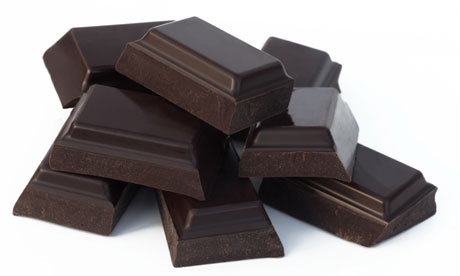The human body is a water machine‚ designed primarily to run on water and minerals. Every life giving and healing process that happens inside our body happens with water. In just the last decade medical science has begun to focus more on the tremendous healing ability our body has and how much that ability depends on water.
Our body instinctively knows how and strives to sustain youthful longevity‚ and in its every effort water is the key. The human body is made up of over 70% water. Our blood is more than 80%‚ our brain over 75%‚ and the human liver is an amazing 96% water!
Our energy level is greatly affected by the amount of water we drink. It has been medically proven that just a 5% drop in body fluids will cause a 25% to 30% loss of energy in the average person... a 15% drop in body fluids causing death! Water is what our liver uses to metabolize fat into useable energy. It is estimated that over 80% of our population suffers energy loss due to minor dehydration.
The Functions:

- Water helps regulate our body temperature through perspiration, which dissipates excess heat & cools our bodies.
- We even need water to breathe! As we take in oxygen & excrete CO2, our lungs must be moistened by water. We lose about 1 to 2 pints of water each day just exhaling.
- Asthma is frequently relieved when water intake is increased. Histamine plays a key role in regulating the way the body uses & distributes water & helps control the body' s defense mechanisms. In asthmatics, histamine level increases with dehydration. Our defense for the body is to close down the airways.
- The kidneys remove wastes such as uric aced, urea & lactic acid, all of which must be dissolved in water. When there isn't sufficient water, those wastes are not effectively removed, which may result in damage to the kidneys.
- Water lubricates our joints. The cartilage tissues found at the ends of long bones & between the vertebrae of the spine hold a lot of water, which serves as a lubricant during the movement of the joint. When the cartilage is will hydrated, the two opposing surfaces glide freely, & friction damage is minimal. If the cartilage is dehydrated, the rate of "abrasive" damage is increased, resulting in joint deterioration & increased pain.
- The actively growing blood cells in the bone marrow take priority over the cartilage for the available water that goes through the bone structure.
- Rheumatoid joint pain frequently decreases with increased water intake & flexing exercises to bring more circulation to the joints.
- 75% of the upper body weight is supported by the water volume that is stored in the spinal disc core. 25% is supported by the fibrous materials around the disc. The spinal joints are dependent on different hydraulic properties of water which is stored in the disc core. Back pain is frequently alleviated with hydration.
- Brain tissue is 85% water. Although the brain is only 1/50th of the body weight, it uses 1/20th of the blood supply. With dehydration, the level of energy generation in the brain is decreased. Depression & chronic fatigue syndrome are frequently results of dehydration.
- Migraine headaches may be an indicator of critical body temperature regulation at times of "heat stress." Dehydration plays a major role in bringing on migraines. Dehydration causes stress & stress causes further dehydration.
So always be aware of to invest more water to your body as routine work. Keep a supply of water containers full in the fridge. That way, water is always on hand as an alternative to other less healthful drinks and conveniently available when you’re on the go. Upon arriving at the office, fill up a big jug of water at the tap. You’ll get plenty of water to drink throughout your workday. Caffeinated beverages act as diuretics and increase fluid loss, so they don’t count toward your daily hydration needs. Try substituting water for your second cup of coffee or that mid- afternoon soda. Don't wait for your body to signal it's thirsty. By that time, you're already starting to be dehydrated.
[Partly Abstracted http://www.dorchesterhealth.org/]
follow us on twitter and facebook

